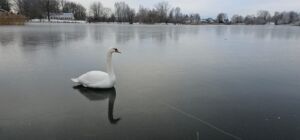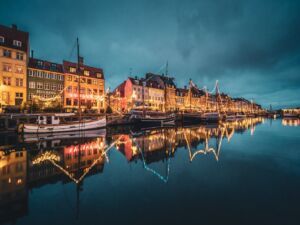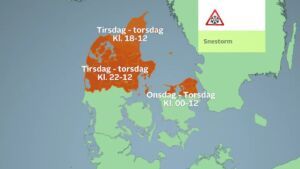News
New research to reveal hidden secrets of mysterious Arctic shark
This article is more than 10 years old.
Very little is known about the elusive Greenland shark
The University of Copenhagen (KU) has teamed up with the Greenland Institute of Natural Resources and the Blue Planet aquarium to get a better insight into the little-known life of the Greenland shark, which is primarily found in the cold depths of the Arctic waters.
As part of his PhD work, KU student Julius Nielsen and his colleagues are working on uncovering basic questions concerning the elusive shark, which can grow to be 6.4 metres and is in the second-largest carnivorous shark in the world after the great white.
”In 2014 alone, we've been to Greenland three times to study Greenland sharks,” John Fleng Steffensen, a professor at KU and Nielsen's student adviser, told Videnskab.dk.
”We are not exactly sure how widespread the Greenland sharks are, but we can say for sure they don't only live in Greenland. They've been caught in the Faroe Islands, Canada, Iceland, Svalbard and as far south as the Azores and the Gulf of Mexico.”
READ MORE: Record number of polar bears shot in Greenland in self-defence
More than scavengers?
The research project aims to uncover secrets about the shark, which is also known as the gurry or grey shark, such as how widespread they are, how old they can get, when they eat and how they move through the water.
The shark moves very slowly and is practically blind, but despite its poor sight, the shark still manages to devour some impressively-sized prey, although it remains a mystery how the shark manages to catch them as they move so slowly.
It has been speculated that the shark may be a scavenger, but Nielsen has other ideas.
”We primarily find fish like rays, cod, halibut and wolffish in their stomachs, but we also find a lot of seals and even the remains of a polar bear,” Nielsen said.
”We find seal in 50 percent of the sharks and there are not that many dead seals lying at the bottom of the sea. I think they slowly swim along the sea bed and sneak up on their prey. And perhaps they hang around seal-breathing holes in the ice, ready to pounce like a crocodile in a waterhole.”










































